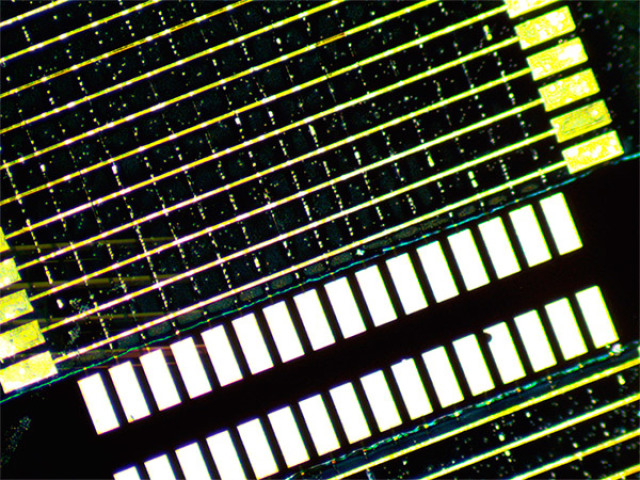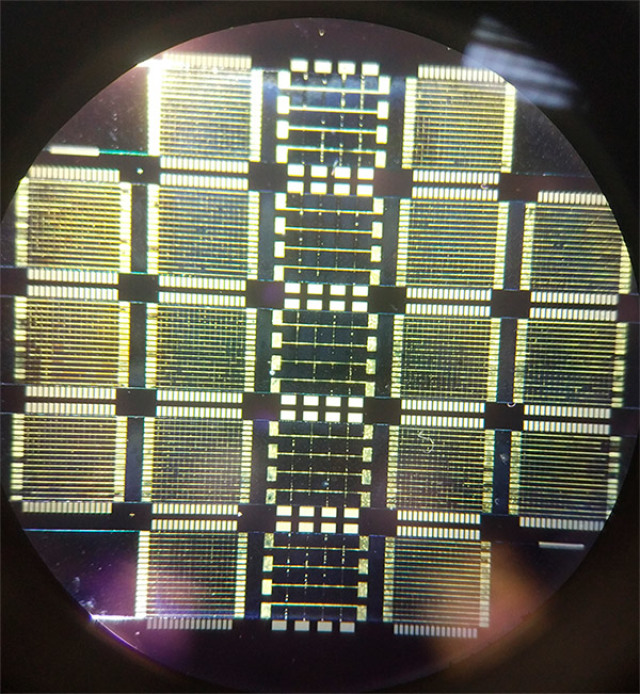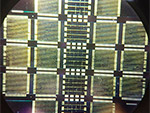Scientists of the research center "Kurchatov Institute" as part of a research group received promising material for creating self-learning neuromorphic computing systems. Their energy efficiency is superior to conventional computers by several orders of magnitude.
The new material, manufactured using the original technology, has all the necessary characteristics to simulate the neural contacts of a biosimilar computing system. On its basis, a prototype of a self-learning robotic device was created.
According to the scientist, these technologies open up huge opportunities for solving various cognitive tasks, such as text and speech processing, image recognition, and decision-making.
The new material is a layered structure of lithium niobate with the inclusion of metallic nanocrystals. It was made by successive deposition of thin films by ion-beam deposition. The researchers found that the concentration of metallic nanocrystals in a material has a significant effect on its properties. By varying the composition of thin films, they were able to select the "ideal" parameters at which the nanocomposite demonstrates the best characteristics.
The material developed by the scientists imitates artificial neural contacts much more accurately than traditional metal oxide semiconductors. The reason for this is the mechanisms by which this nanocomposite functions in a neuromorphic device. As in a living system, signal processing here is analog in nature, and the change in the strength of communication between artificial neurons is carried out by changing the concentration and diffusion of ions.
A distinctive feature of the new material is that the neuromorphic system created on its basis is able to imitate the property of "plasticity" of the brain. So, in a living organism, dopamine can regulate the strength of interaction between neurons, and in a new device, this role is played by artificial neurotransmitters.
The advantage of such a system is that the learning process does not require the presence of a "teacher". The device itself adjusts its work by interacting with the environment, which is the source of so-called "rewards" and "punishments".
Based on the new nanocomposite, scientists have created arrays of memristors and constructed prototypes of neuromorphic systems. Pilot tests have shown that such biosimilar devices are able to "adapt" to different initial conditions. This opens up the prospect of creating large neuromorphic systems with the ability to self-learn.
Specialists of the Kurchatov Institute Research Center and Voronezh State Technical University took part in the work. The results of the study are published in the journal Physical Review Applied .


Photos provided by the press service of the SIC "Kurchatov Institute»



